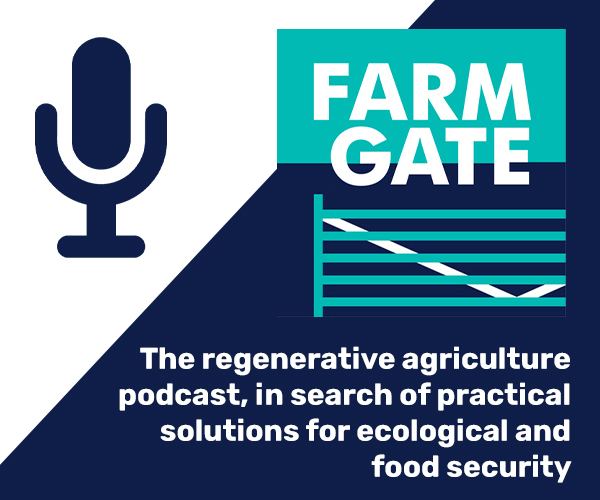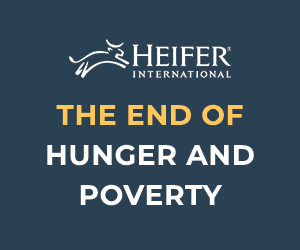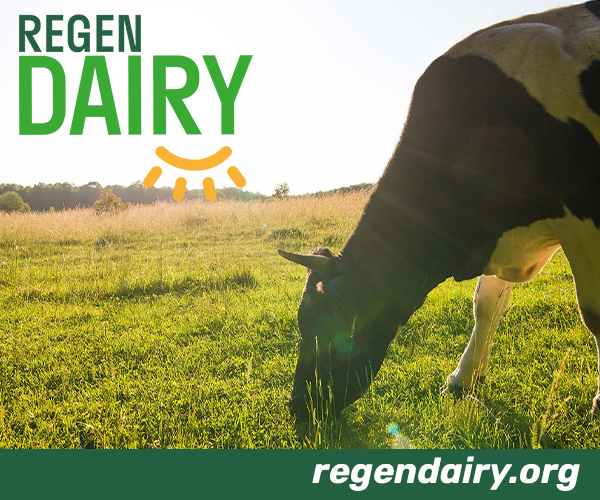



Rent and Grassland Optimisation Key for Suckler Profitability
Focusing on reducing unnecessary fixed costs could save some lowland and Less Favoured Area (LFA) suckler herds £100 per cow, according to EBLEX’s first Stocktake Report.The detailed benchmarking figures collected by EBLEX show average lowland herds spend £107 more than the top third on fixed costs, whereas LFA herds spend £129 more. About £30 per cow of the difference in spend relates to rent costs for both herd types, according to AHDB/EBLEX senior analyst Carol Davis.
“Rent is a big driver for profit and a significant percentage of overall fixed costs,” she said.
“It’s important to optimise use of the land you have in terms of grassland management, stocking levels and inputs, such as fertiliser and lime.
“We also see top third herds having labour costs which are £24 and £43 per cow lower than average herds, for lowland and LFA enterprises respectively While labour is a complex issue and smaller herd sizes appear to have an impact, it is worth considering what is spent on labour and whether there are ways to reduce it, perhaps by combining stock tasks.”
She added that there are also differences in the machinery, contracting and fuel prices, but it’s best to consider these together. For instance, some farms could be keeping machinery, which is expensive to maintain and run, as well as using contractors.
Extra data on physical performance which has been collected by EBLEX highlights two areas for improvement: first calving age and pence per kilogram (p/kg) sale values.
Top third herds have a policy of calving more heifers at a younger age and fewer calve at two and a half years and over.
“Calving earlier reduces costs in many areas and means cows will have more calves in their lifetime, as long as they are selected and managed correctly as heifers. The lower herd replacement rate and replacement cost for top third herds supports this,” Mrs Davis said.
“There is also a difference in sale prices on a p/kg basis between average and top herds, with top herds appearing to sell better quality animals or market them better. This is likely to be a case of ensuring breeding bulls are selected on their genetic potential and that animals are bred to meet their ultimate market’s specification.”
In addition, she points out that neither lowland suckler herds nor LFA herds are achieving the EBLEX target of 95 calves weaned for every 100 cows put to the bull.
“There is potential for most herds to improve their suckler output,” she added.
“Benchmarking your own herd against the Stocktake figures can help identify target areas for improvement.”
| TheCattleSite News Desk | Read more EBLEX News here |







